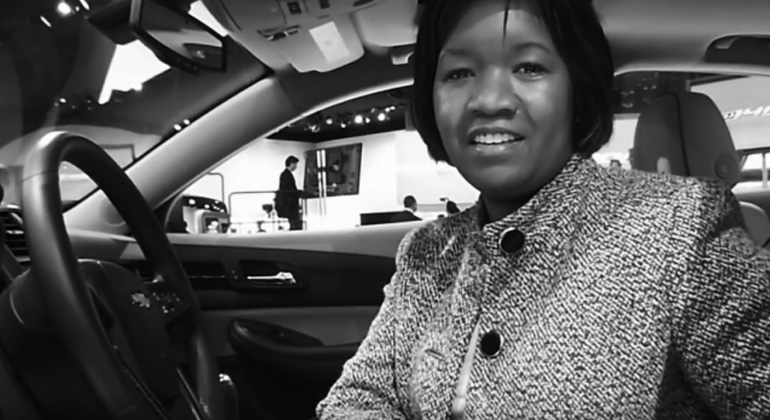
March is Women’s History Month, and there is plenty to celebrate in the auto industry!
Women are responsible for some of the greatest moments in car history, so we’re going to take a look at
some of the women whose inventions changed and improved cars and transportation.
Throughout the history of the automobile, female pioneers have played a key role in the successful
development of the driving pleasure we enjoy today. The inventor of the windshield wiper was a woman,
as were the inventors of vehicle heating and of Kevlar fibers. Women made pioneering trips with the first
motor vehicles around the dawn of the 20th century. The first circumnavigation of the globe in a car was
made by a woman in 1929. The first trans driver to finish the 24-hour race around Germany's legendary
Nurburgring track was a woman – who in doing so broke through into the mainstream and set herself up as a
role model. All these achievements are closely linked to the biographies of amazing women from all over
the world. Read on to find out about eleven impressive characters who left their mark on the automotive
industry and motor racing.

One of the earliest known patents granted to a woman went to engineer Margaret A. Wilcox in 1893 for her
car heater. Wilcox designed a system to channel heat from an automobile's engine to warm the cab of the
car.
In 1903, Mary Anderson patented the first manual windshield wiper. Later, in 1917,
Charlotte Bridgwood manufactured an automatic windshield wiper through her small company.

In 1903, Mary Anderson patented the first manual windshield wiper. Later, in 1917,
Charlotte Bridgwood manufactured an automatic windshield wiper through her small company.
Other early women in the auto industry included Margaret E. Knight, one of the first female engineers,
and Florence Lawrence, a great automotive inventor and silent movie star of the era.
In 1914, Lawrence created an automotive turn signal. When she failed to file for a patent for her invention,
other automotive manufacturers rushed to claim the first patent and ownership, since they had received patents for
similar designs. Some automotive historians have said that Lawrence also developed an equally simplistic and ingenious
device to alert fellow motorists of a braking vehicle.

During the 1920s, Marie Luhring, made history by becoming the first female truck designer.
She was a member of the Society of Automotive Engineers and a very successful designer with many
creative ideas. Luhring designed Mack Trucks, impressing the company with her creative ideas and work
ethic.
In 1950, Ford hired female market analysts to examine and evaluate upholstery.
Chrysler hired women to work in the field of interior design. Throughout the 1960s and 1970s,
women continued to make inroads in many places within the auto industry around the world.
Edith Flanigen began working with "molecular sieves" in 1956. They are still used today to
convert crude oil into gasoline, remove water from automobile air conditioners (and from refrigerant
lines in refrigerators), produce oxygen for portable medical units, and clean nuclear waste. Flanigen,
who worked for 42 years at Union Carbide, was awarded the Lemelson-MIT Lifetime Achievement Award in 2004,
the same year she was inducted into the Inventors Hall of Fame.

In January 2016, Crystal Windham became director of interiors at Cadillac, and her past work
includes work on multiple GM brands and special assignments as well. She became the first African
American female director in GM’s design history.
For more than a century, women have played a role in the auto industry and will continue to make history
for many generations to come.
